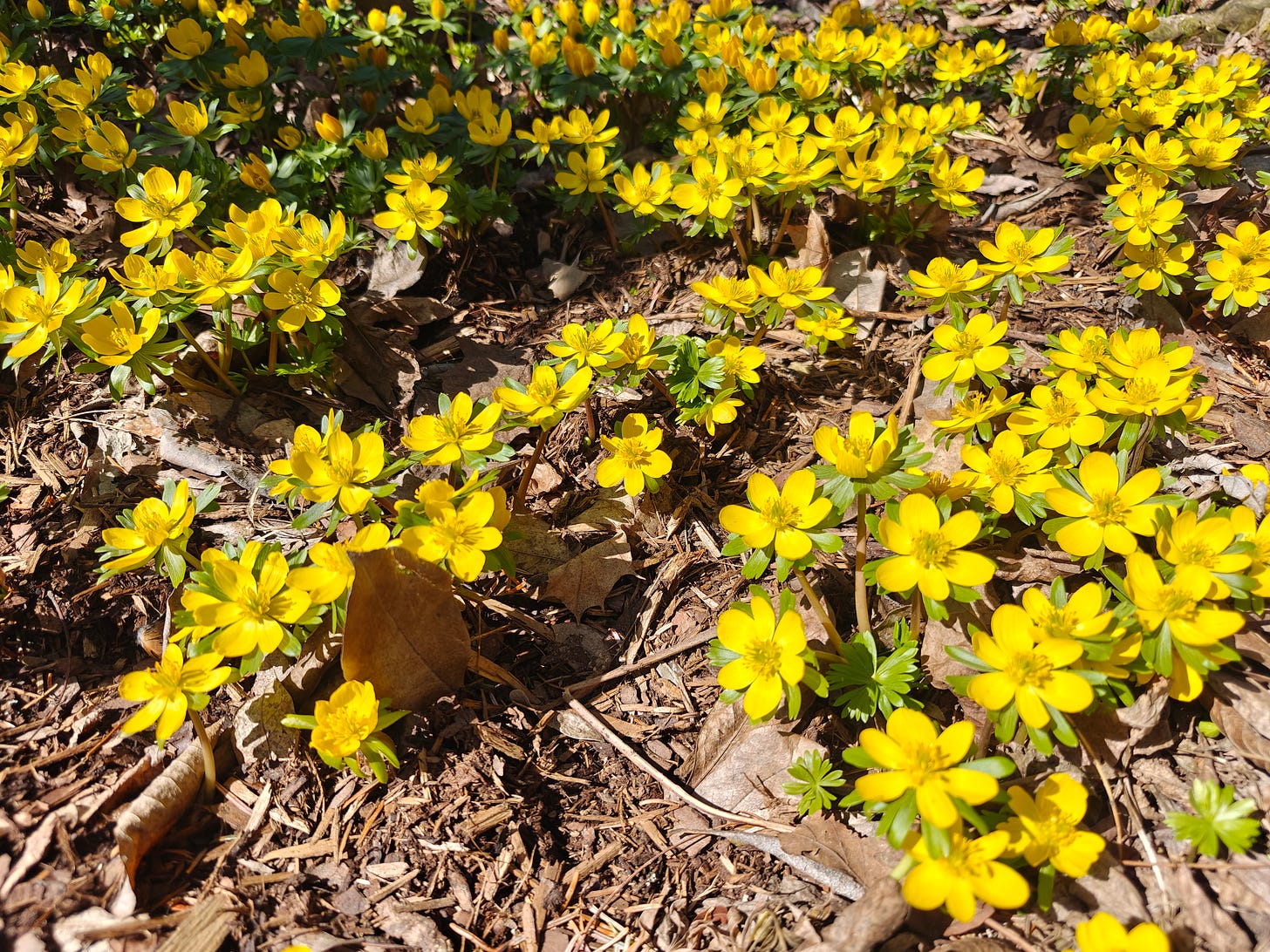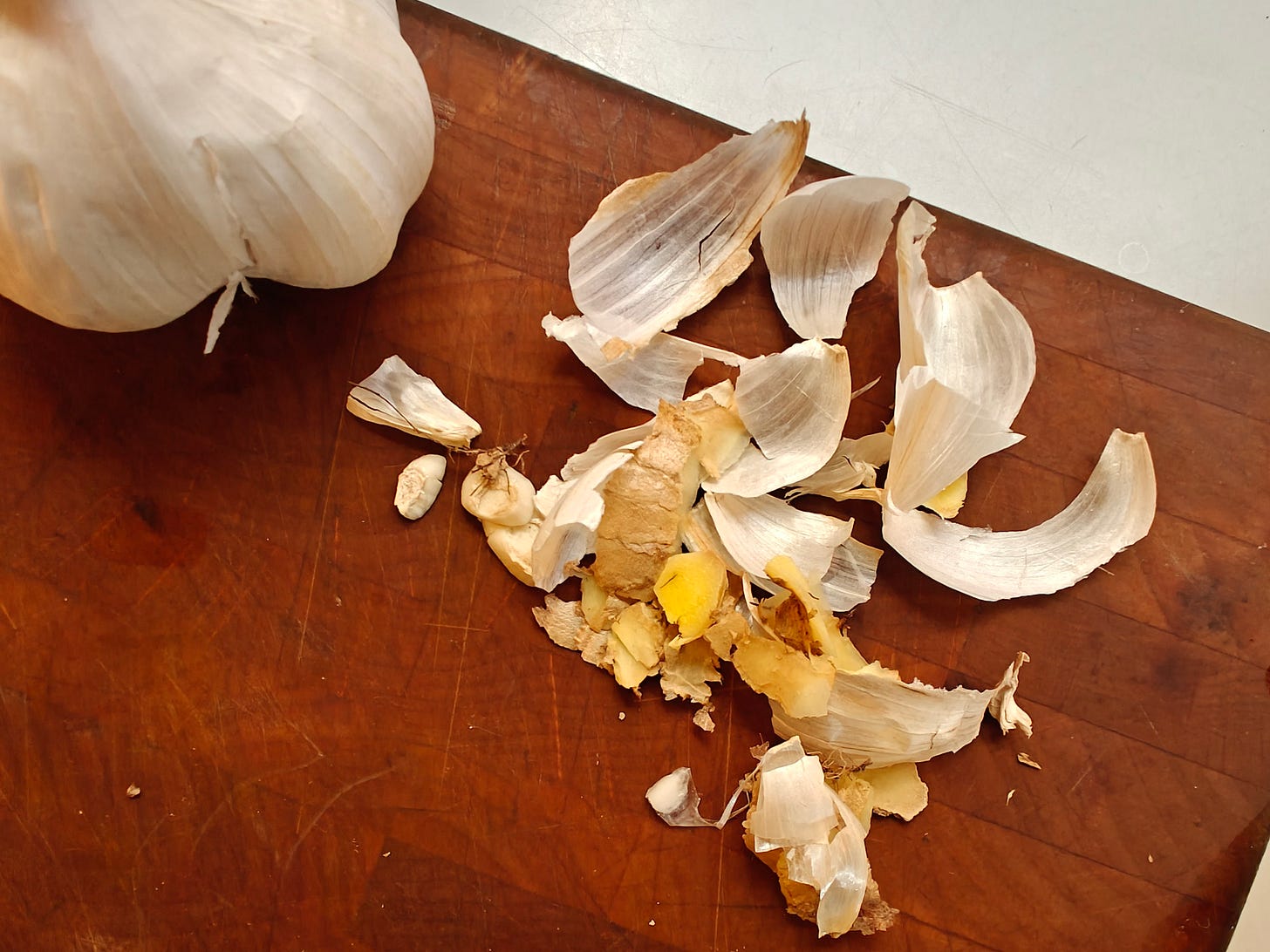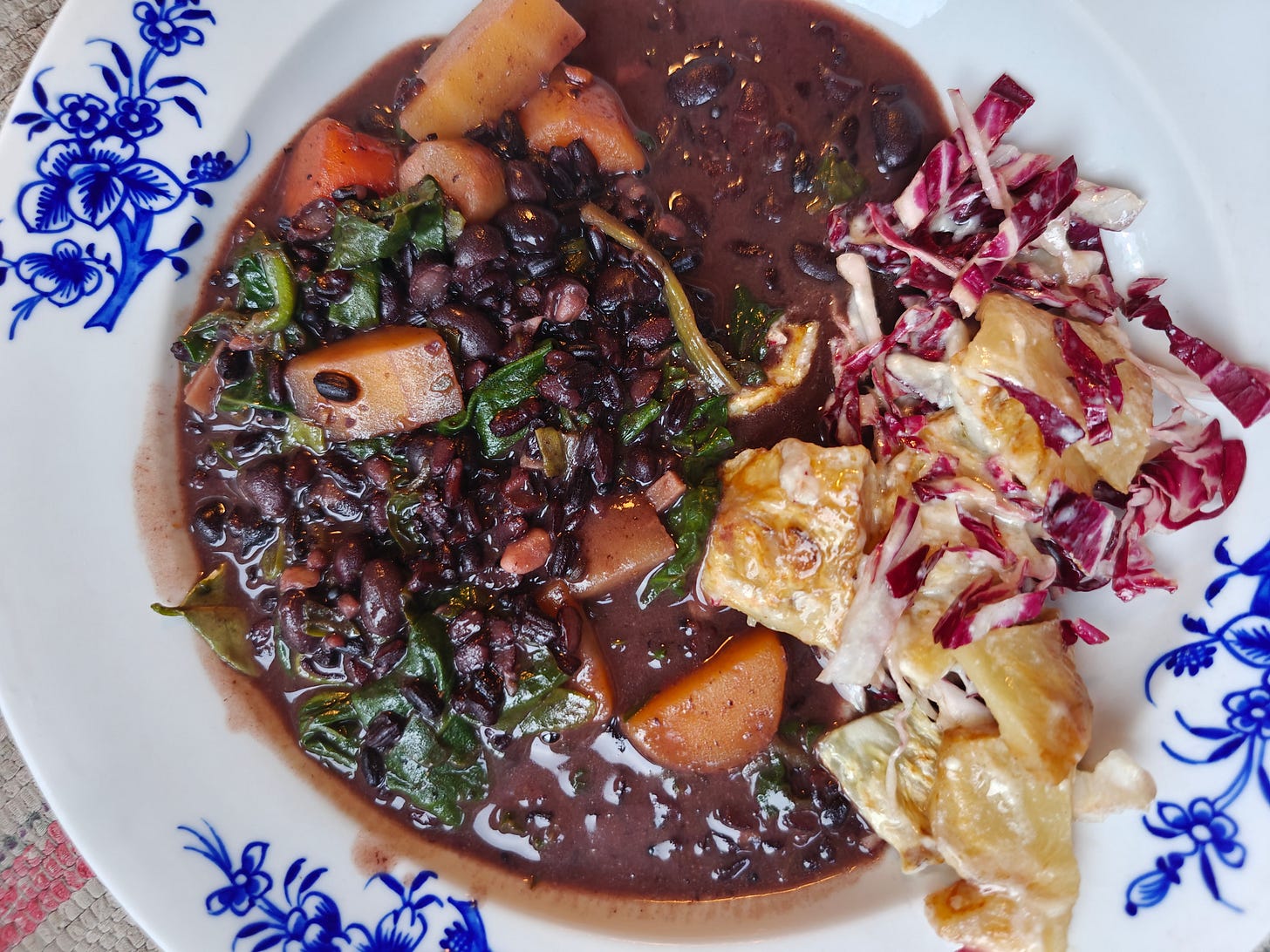Some days just seem to slip away between my fingers. And others have shape, form, solidity. I tend to beat myself up about the ephemeral days. Why didn’t I get this or that done? Where did the time go?
early flowers brighten our chilly April here in Toronto
These are familiar reactions for anyone who lives freelance, without a scheduled job or work obligation. With no workplace structure to shape the day or the week, we’re left to figure it out for ourselves. During the Covid pause, when many people were confined to their homes, those who were used to going out to a job found it difficult to manage their time. They had to learn how to do that for themselves. And they often felt lost or adrift. The same thing can happen to people when they retire. Setting your own agenda for the day or the week or the month takes practice.
In the years I spent raising kids and working freelance, I learned a few tricks for getting things done on time and not coming adrift. Having a book deadline helps (I am very deadline compliant), and so does having a demanding project in the first place. The need to do research, to read and experiment in the kitchen, and to travel, forced me to figure out how to manage my time.
These days I’m not working on a book, but I have other priorities: including attending to friends and family when they are ill or in need; making sure I stay fit and healthy (the answer for me is morning yoga); and continuing to challenge myself.
Why this need for challenges? I think it’s because at my core there is still the same twenty-something me who is curious about the world and who loves the process of discovery, (including self-discovery). I love NOT knowing, and then moving forward into that ignorance, or around that blind corner, to understand what lies beyond.
That’s what makes kitchen explorations, conversations with strangers, travel, walking along city streets, reading challenging articles or books, traveling by public transit, learning a language, sketching, etc. very engaging. There is so much out there waiting to be understood or simply glimpsed or appreciated. Yes it takes energy and persistence, but what a gift to be alive and alert and able to participate.
Writing here on Substack weekly is a pleasurable challenge (rather like the daily challenge of making a delicious supper for the household). It pushes me to focus and to exercise self-discipline (get it done, delete self-indulgent language). I’m happy to be free of the need to comply with book publishers’ expectations, so that, for example, I can describe cooking processes without setting out exact recipes. It’s lovely to be free to take chances.
Better this commitment than avoidance.
KITCHEN EXPLORATIONS
At the farmers markets in April here in southern Ontario there’s spinach, dandelion greens, celery root, carrots, potatoes, beets, and various sprouted greens, as well as local eggs, breads made with local grains, and much more.
I find I’m making dal or lentils or beans of some kind at least once a week. Perhaps it’s the effect of Lenten fasting patterns, subconsciously working. I wasn’t raised with fasting, but the Ethiopians, Orthodox Christians, and Roman Catholics are all fasting until Easter. For the Orthodox the fasting means no animal products, that is, no dairy as well as no meat. Then at Easter the Ethiopians go back to cooking in lush spiced butter, the Orthodox have yogurt and cheese dishes, as well as meat, back on the table, the lambs are slaughtered and roasted.
remnants of the garlic and ginger that often start my flavourings
Last week a good friend brought me a large pot of black beans that she’d cooked simply with bay leaves and some salt. I froze half and the rest turned into weeknight supper, accompanied by brown jasmine rice. I chopped up three strips of bacon, and when it had yielded a little of its fat over medium-low heat, I added minced ginger, garlic, and lots of cumin and nigella seed, along with turmeric and two fresh bird chiles. I added two small bunches of small sweet winter carrots, trimmed, washed, chopped into chunks, and cooked them in the flavoured oil for a few minutes. Meantime, I mashed some of the black beans to break them up and added all the beans to the carrots, along with a cup or more of water. I wanted them a little soupy, so I adjusted the water adding more as they simmered gently in my heavy Staub pot. In went a dash of pear vinegar (a bottle I discovered buried in my larder - wine would have been another option), and some soy sauce. About five minutes before serving I tossed in a generous double handful of spinach, coarsely chopped, plus a handful of fava sprouts, and stirred them in until tender. At the last minute I added about 2 tablespoons of garam masala.
It was a great hit, and the remnants made terrific leftovers.
the black beans a day later, as leftovers combined with black rice, with a radicchio-celeriac salad on the side
For a double contrast to the lush richness of the black beans, I made a simple green salad (arugula and leaf lettuce and radish sprouts, all locally grown), and a kind of crude raita echo: chopped radicchio stirred into kefir, with salt and pepper. It was a delectable contrast, of tartness and bitter edge, to the succulence and slight sweetness (from the carrots) of the black beans.






Beautiful and thoughtful essay! Thank you Naomi, it gives some cheer in this bleak Ontario weather. April is the cruelest month.
Yes, that way of being alert and curious -- 🤍🤍 loved the experimental composition of black beans too. 🥂